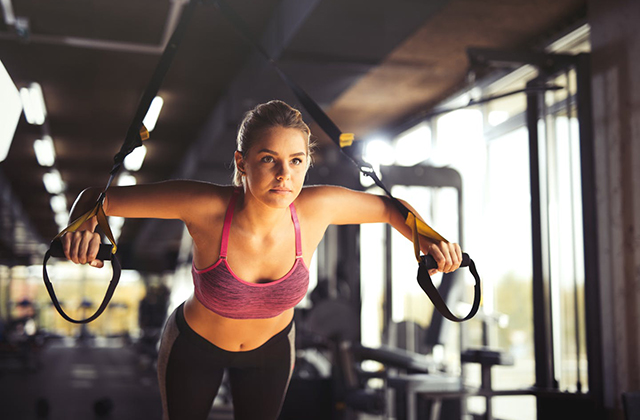Pilates, yoga, Yogilates, PiYo. They all seem to offer similar workouts, so how do you choose? Pilates and yoga have significantly evolved in recent years. With different variations available at gyms and studios around the world, there’s something for almost everyone. Our pilates teacher training Sydney is extremely beneficial because of the experience they gain.
Yoga and Pilates are both low-impact workouts that focus on using bodyweight resistance. The benefits are vast. Both workouts can increase overall health, leading to a better quality of life.
As with any exercise, proper form is crucial. Modifications must be made for those with physical limitations.
Pilates
Pilates was developed by Joseph Pilates at the end of World War I. It was primarily used as rehabilitation for wounded soldiers. Pilates brought his method to the United States in 1923 and spent years refining his approach.
Pilates may:
- increase muscle strength and endurance
- improve flexibility and posture
- lead to better balance
- result in decreased joint pain
Pilates focuses on small movements that require the use of important stabilizing muscles of the back and core. There is a strong emphasis on starting each exercise with a controlled breath that initiates a contraction of the core muscles. Pilates can be done on a mat or on specialized equipment. The equipment is unique as it only uses springs, levers, and your own body weight to provide resistance.
Evidence suggests that Pilates may be beneficial for those with the following conditions:
- arthritis
- urinary incontinence
- respiratory conditions
- joint injuries
- back pain
Yoga
The exact origins of yoga are unknown. But it’s been around for at least the past 3,000 years. Yoga has roots in shamanism, Buddhism, and other Eastern religions. It’s centered around the five beliefs of:
- proper relaxation
- exercise
- breathing
- diet
- positive thinking and meditation
Mindfulness and deep breathing are key features in a yoga practice. Although there are many different types of yoga, holding various poses and flowing through different series of movements is standard in most classes. Yoga can be seen as a form of mind-body fitness. It combines physical activity and mindful focus. This brings increased awareness to the breath and energy.
The benefits of yoga have been studied extensively. In addition to physical and mental benefits, yoga is also known to have positive effects for medical issues, including:
- anxiety
- depression
- multiple sclerosis
- arthritis
- respiratory conditions
- high blood pressure
- chronic pain
- type 2 diabetes
Yoga vs. Pilates: Which is better?
Yoga and Pilates are both great workouts. If you have a health condition, you may want to consult an instructor to determine what’s best for you.
Many forms of yoga require substantial flexibility and mobility of the joints, especially the spine, hips, and wrists. Although most poses can be modified, a person with severe limitations or pain may find it challenging to follow along in more advanced classes.
There are many different styles of yoga, including restorative yoga, acro yoga, and chair yoga. Finding what works best for your body is key.
Pilates can be a great exercise for older adults or those recovering from injury due to its low- impact exercises and subtle movements. There are many forms of Pilates. The main difference between them is the type of equipment used.
Equipment-based workouts use many of the same movements as in a mat class, but with added resistance. Mat Pilates is great for many people, but it can be more challenging for those with decreased mobility or poor core strength.
Pilates can be expensive, and access to equipment is mandatory for some forms of Pilates. As with yoga, Pilates can be modified, but proper teaching and performance of the exercises is crucial to avoid injury.
Warnings
Modify your workouts if you suffer from back or neck pain, or have respiratory problems. Talk to your doctor before trying Pilates or yoga if you’re pregnant or have other physical restrictions.
Always consult your doctor and a certified instructor before starting any exercise program. You may want to think about taking private lessons before jumping into a class or following a workout video. Incorrect form or pushing yourself past your limits may cause injury.
